|

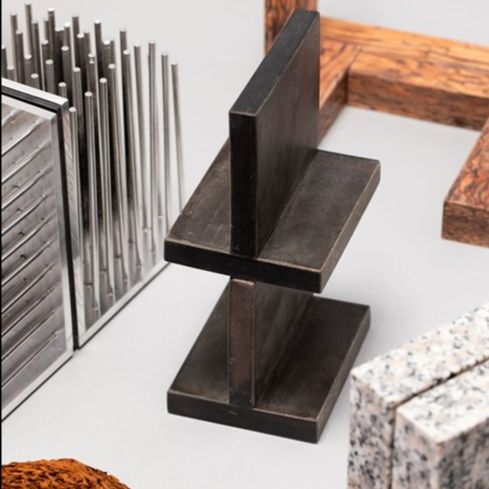
Innovative Materials
'Cause We're Living in a Material World
Many of today’s most widely used building materials have limitations, especially with regard to their impact on the environment. Making great leaps over the past decade, technological advancements have made a major impact on the way materials are created and used. Here are some solutions that are evolving the way we think, design, and build.
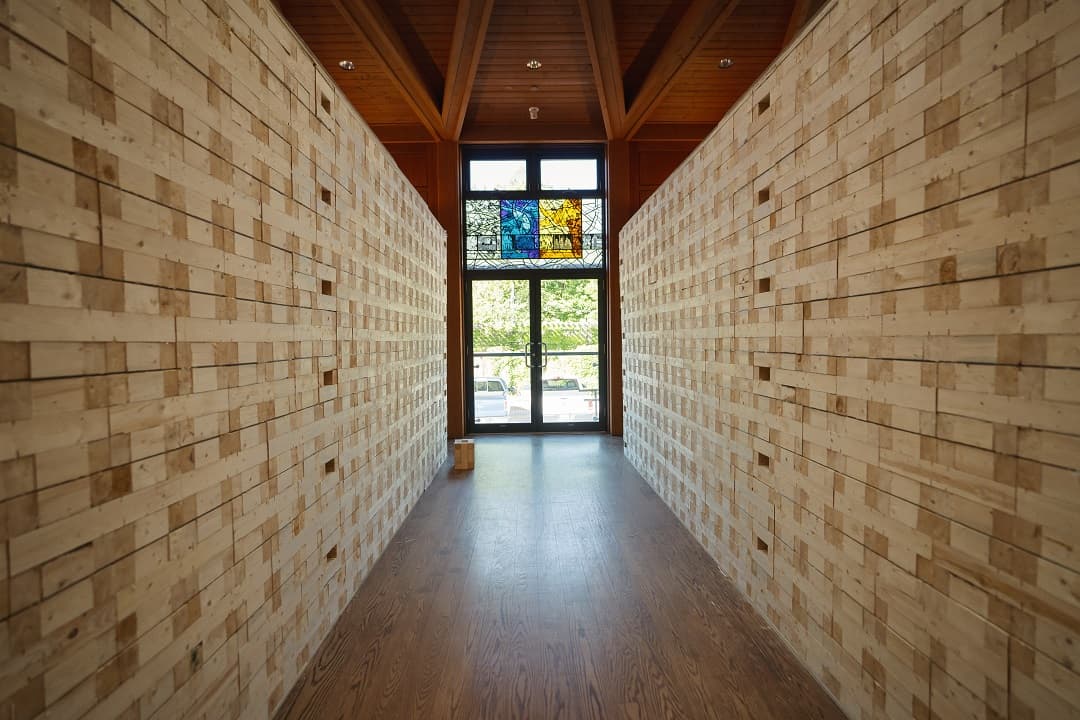
GRIPMetal is changing the way we think about connecting materials. The best part is, they eliminate adhesives, thereby removing toxic fumes and non-recyclable waste, all for better health and reducing environmental impact. Their “hook design” process is a much stronger and more durable bond than adhesives, which helps to make the materials easier to recycle. Check out some of their featured projects to learn more.
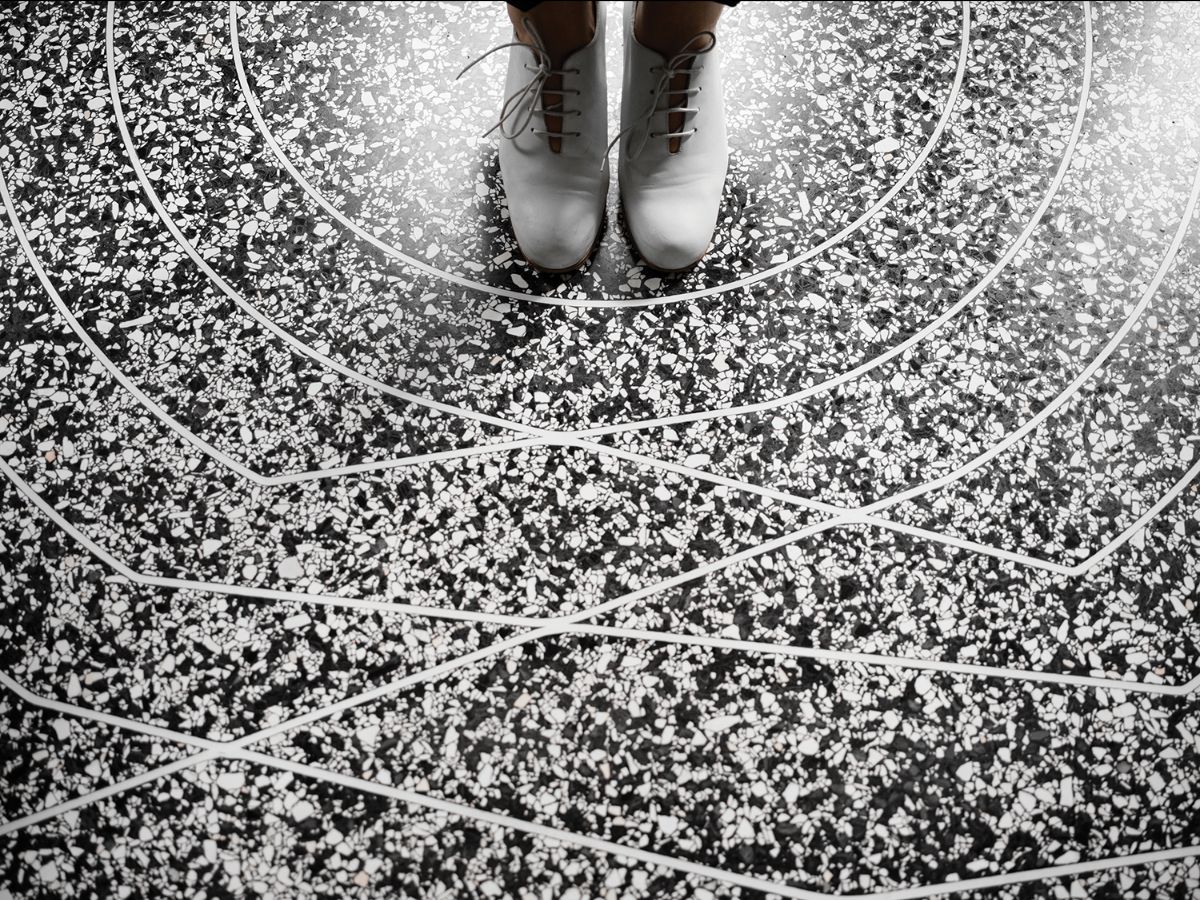
With the massive growth in 3D printing, the world of design is transforming, and Aectual is on the rise. They are helping to digitize the building industry, and make it easy for anyone to use and join their digital production platform. With their in-house developed XL 3D Printing system, they help designers and those alike make their dream designs into reality. They can assist with all facets of the design process, from flooring to wall paneling to even space dividers, which are being used in many common spaces. Check out their architectural products to explore more!

Elemental Green is helping to connect you with the best solutions to make the materials you use look great, but also focusing on their ability to be “good for us” in terms of wellness and sustainability. Trustile Recycled Content Doors use only a very fine grade of super-refined MDF that makes their doors more durable and longer-lasting than lower grade MDF. The majority of their doors are made of post-industrial recycled content which allows projects to achieve green building objectives without compromising quality, style, or design flexibility.
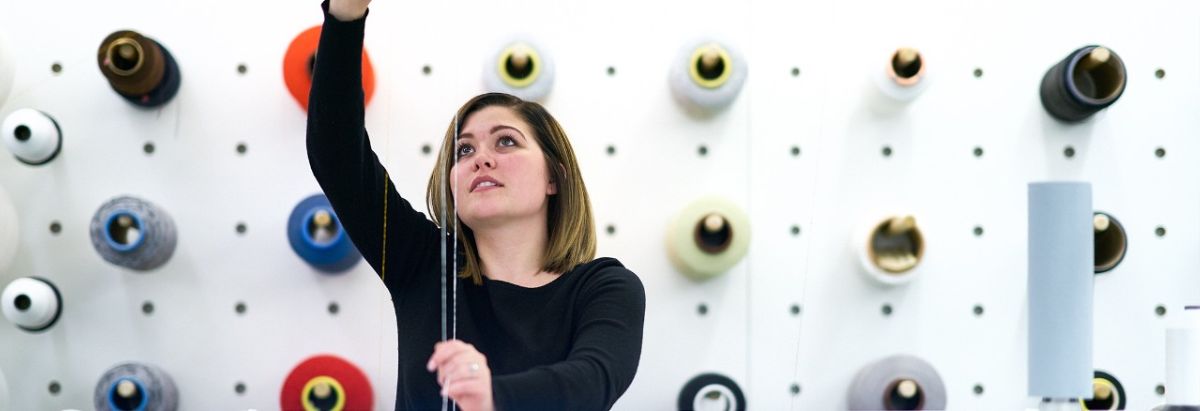
When it comes to knitting, we think about the traditional ways of making scarves and sweaters. But, what if we could change the way we sit by the way we knit? Well, Liz Johnson and her team at the Haworth Industrial Design Studio, are doing just that. Haworth’s flat-bed digital weft knit technology is a precise process that can isolate knit structures to designated areas of a chair. This uses the material to “build lumbar support into a chair instead of relying on a mechanical device.” Take a peek at how it is being done.
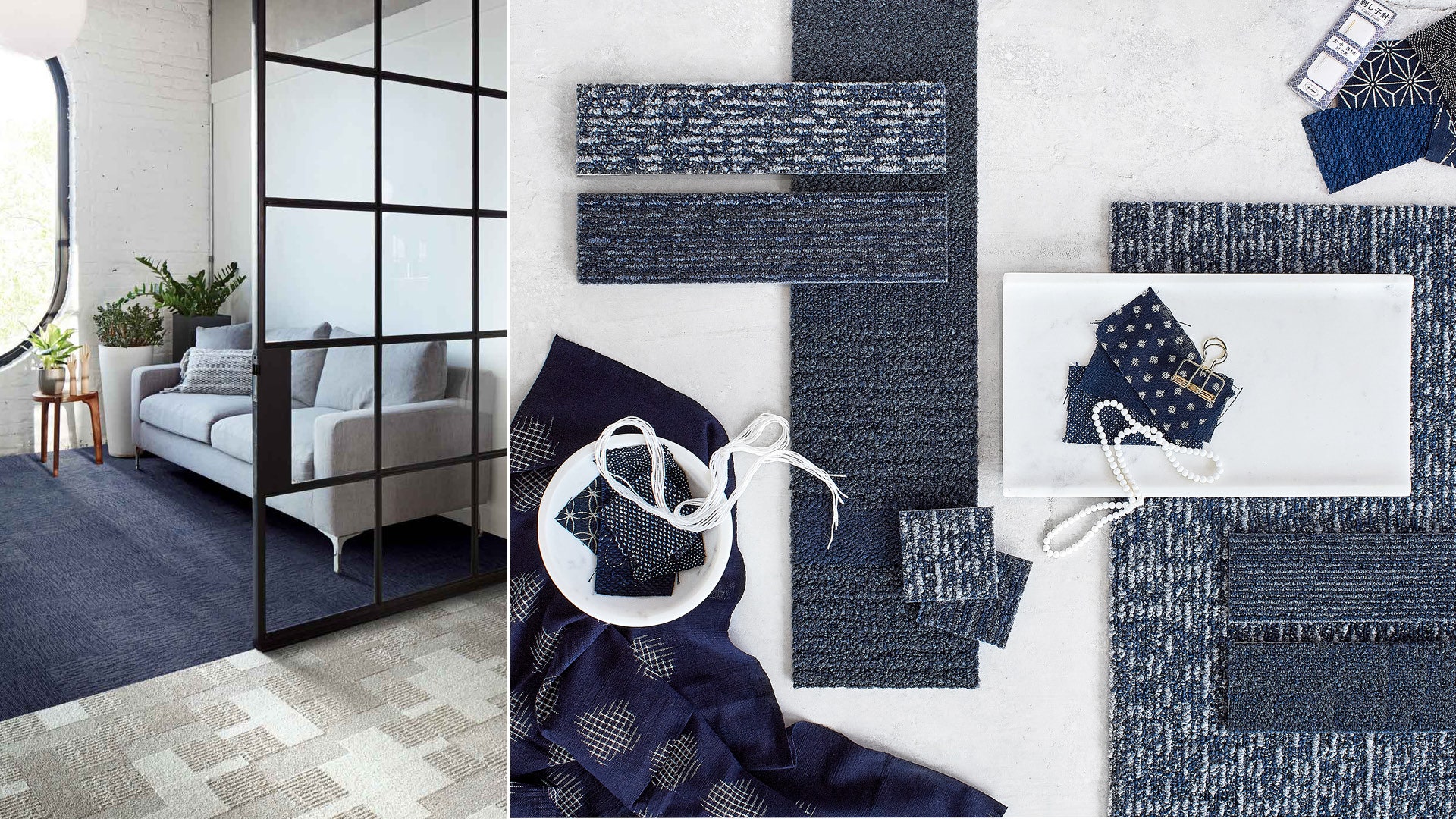
With a major focus on environmentally friendly resources and mindful sourcing, companies are thinking more about the carbon footprint of the entire manufacturing lifecycle and process of their products. Interface flooring continues to play its role with the latest introduction of the Embodied Beauty collection. This collection offers the first ever carbon negative carpet tile. With Interface’s Climate Take Back commitment, the launch of this carbon negative tile plays an important role in the company's mission to a reach carbon negative globally by 2040. To learn how the company is addressing climate change, visit the Interface website or read about the recent award from the UN.
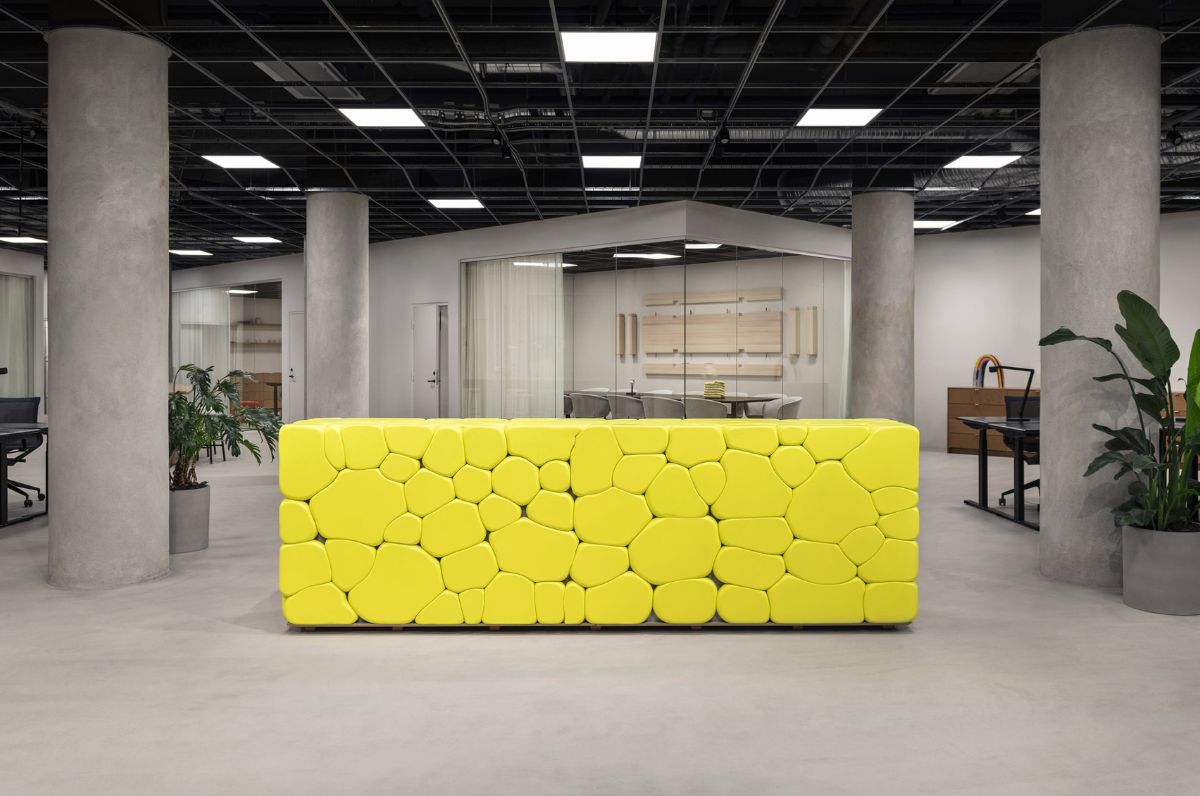
Customization helps to make certain products stand out from the off-the-shelf components within a space. Materials play a great role in their uniqueness. Soft Baroque and their “Puffy Bricks” presents a new method of visual and tactile exchange between soft and hard architecture. Their creative approach of filling balloons with concrete, whimsically evolves the traditional method of brick and mortar, making a common reception desk into an office focal point. Check out their process photos for this soft and inviting desk.
As more and more creators and designers are breaking boundaries, we are only scratching the
surface of more innovation to come!
Interested in reading more? Check out this article, highlighting some innovative new materials that are changing the future of design.

Be sure to check in with the IIDA New England calendar for upcoming virtual events offered in our community. Here's a sneak peek at some upcoming events:

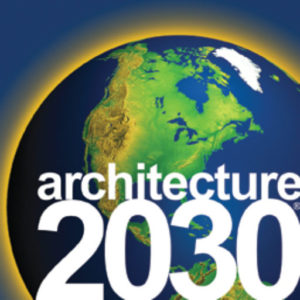
Did you know the 2030 Challenge issued by Architecture 2030 is intended to rapidly transform the built environment from the major contributor of greenhouse gas (GHG) emissions to a central part of the solution to the climate and energy crisis. They do this by asking the global architecture and building community to adopt the fossil fuel reduction standard for all new buildings and major renovations to carbon-neutral in 2030 (using no fossil fuel GHG emitting energy to operate).
Check out the list of IIDA New England Emerging Leaders Class of 2020!
Do you have an idea that you would like to share with the design community or see highlighted here in The Wire? Send your ideas to [email protected]
|